Which boxes are helpful in packaging?
Choosing the right packaging feels complicated, right? Pick the wrong box, and you risk damaged goods or wasted money. Let’s break down which boxes actually help protect and present your products effectively.
Helpful boxes match the job. Corrugated boxes excel for shipping strength, folding cartons work for retail shelves, and rigid boxes offer premium protection and presentation, especially for high-value items. The key is picking the type designed for your specific need.
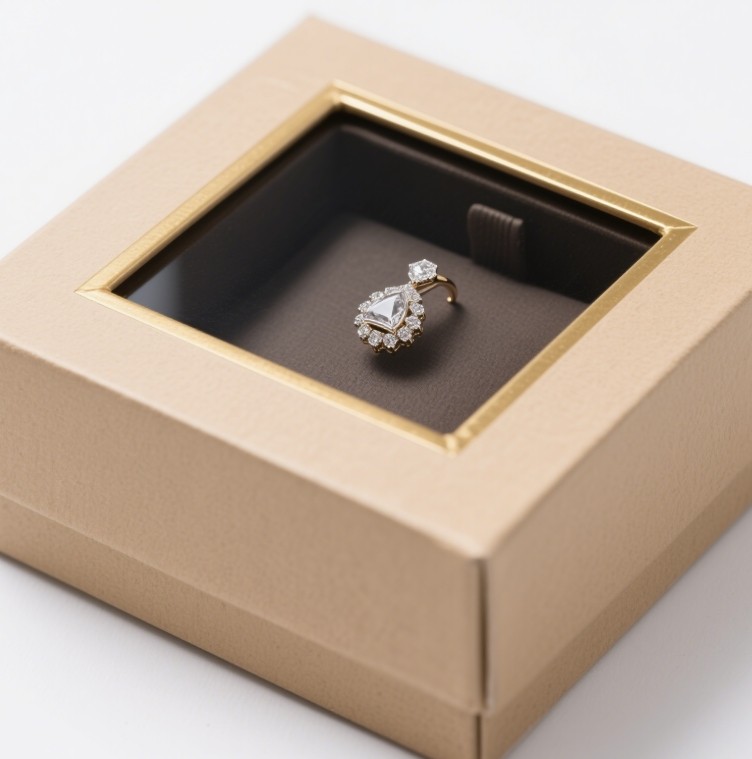
Understanding different box types is the first step. But knowing why we use them and which specific types excel in certain situations will really help you make the best choice for your business. Let's dive deeper into what makes a box truly helpful.
What are boxes used for in packaging?
Thinking boxes are just simple containers? Their roles are actually crucial for product survival, branding, and smooth logistics. Let's look at their main jobs.
Boxes primarily protect products during shipping and storage. They also offer valuable space for branding, help organize items for handling, and convey important information like instructions or contents. They are vital for the entire supply chain.

Let's explore these functions more. Boxes do more than just hold things; they perform several critical tasks that ensure products reach customers safely and effectively.
Protecting the Contents
This is often the most obvious job. Boxes act as a barrier against impacts, compression, moisture, and dust during transit and storage. Think about electronics shipping across the country or fragile glassware on a store shelf. The right box absorbs shocks and prevents crushing. Different materials and structures offer varying levels of protection. For instance, the corrugated fluting in shipping boxes creates cushioning, while the sturdy construction of a rigid box provides excellent defense for luxury goods. I remember visiting a client whose products were getting damaged until they switched to a stronger box style – it made a huge difference.
Branding and Presentation
Boxes are a canvas for your brand. Logos, colors, and designs printed on a box communicate brand identity long before the customer sees the product. The box shape and material also contribute to the perceived value. A plain brown shipper says something different than a sleek, custom-printed rigid box. The unboxing experience itself has become a huge part of marketing, and the box is central to that. We see many clients in the cosmetics and electronics industries investing heavily in box design for this reason.
Organization and Handling
From the factory to the warehouse to the retailer to the end customer, boxes make products easier to handle, stack, and store. Standardized sizes can optimize pallet loading and warehouse space. Features like handles or specific opening mechanisms can improve usability. Think about stacking shoe boxes in a stock room or grouping small items within a larger master carton. This logistical function is essential for efficiency.
Information Display
Boxes carry vital information. This includes shipping labels, barcodes for inventory tracking, handling instructions (like "Fragile" or "This Way Up"), product descriptions, ingredients, usage instructions, and regulatory information. This ensures the product is handled correctly and the end-user knows how to use it safely and effectively.
Understanding these core functions helps highlight why selecting the appropriate box type, material, and design is so crucial for any business shipping or selling physical products.
What is the best type of box?
With so many box styles available, how do you choose? Picking the single "best" one feels overwhelming without knowing what you need it for. The truth is, the best box is the one that fits your specific situation.
There isn't one "best" box overall. The ideal choice depends on your product's protection needs, your budget, how it's being shipped, your branding goals, and any sustainability requirements. Corrugated is common for shipping, while rigid boxes are superior for luxury items.
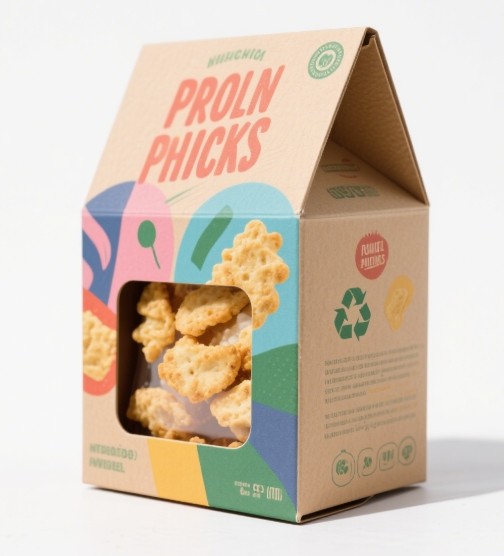
Choosing the "best" box means evaluating several factors specific to your product and business goals. It’s a balancing act. Let’s break down the key considerations:
Key Factors for Choosing a Box
| Factor | Considerations | Common Box Types & Fit |
|---|---|---|
| Product | Weight, size, shape, fragility, value | Corrugated: Versatile, good for shipping. Rigid: Best for high-value, fragile. |
| Purpose | Shipping, retail display, gift packaging, storage | Folding Carton: Retail shelves. Rigid: Gifts, luxury display. |
| Budget | Material cost, manufacturing complexity, order volume | Corrugated/Folding: Generally lower cost. Rigid: Higher cost, premium feel. |
| Branding | Print quality needs, structural design impact, unboxing experience desired | All types offer branding, but Rigid Boxes excel at premium presentation. |
| Shipping | Transit method (courier, freight), stacking requirements, handling environment | Corrugated (esp. double-wall): Best for rough handling. |
| Sustainability | Recyclability, recycled content, material source | Many options available, check specific material specs. |
As you can see, the "best" is relative. If you're shipping bulk items cheaply, a standard corrugated box might be best. If you're selling expensive watches or jewelry, the protection, premium feel, and branding capabilities of a rigid box are likely the superior choice. At Kylin Machinery, we specialize in machines that make these high-quality rigid boxes because we see how crucial they are for businesses aiming for a premium market position. I recall a cosmetics startup client who initially used folding cartons but saw a significant jump in perceived brand value when they switched to rigid boxes made using technology similar to ours. It matched their high-quality product.
Which boxes are best for shipping?
Shipping can be tough on packages. Using a box that isn't strong enough often leads to damaged goods and unhappy customers. Let's focus on boxes built to survive the journey.
Generally, corrugated cardboard boxes are the best choice for shipping. Their layered structure with fluting provides essential cushioning and stacking strength needed to endure the bumps and pressures of transit.
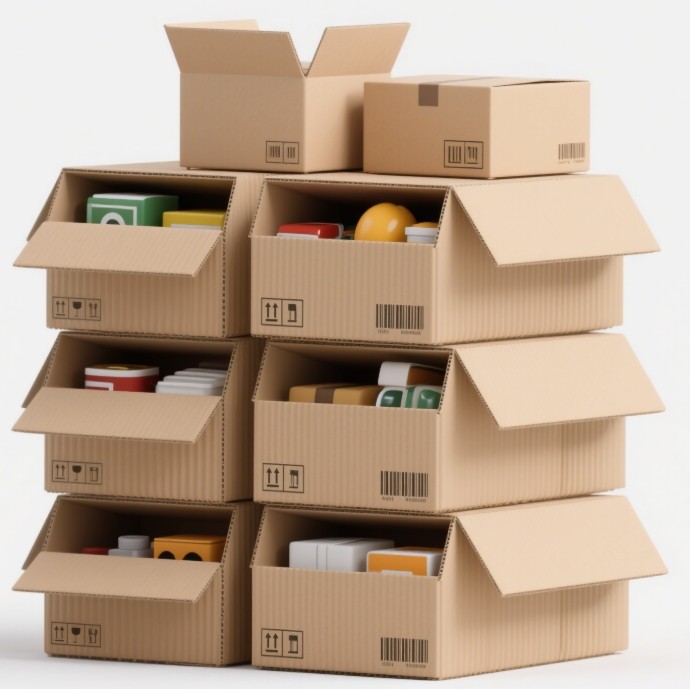
Why are corrugated boxes the go-to for shipping? It comes down to their unique construction and the properties that result from it.
Understanding Corrugated Strength
Corrugated fiberboard isn't just thick paper; it's engineered for toughness. It consists of:
- Linerboard: The flat outer and inner surfaces. Usually made from kraft paper, providing a smooth surface and initial protection.
- Medium (Fluting): The wavy, arched layer sandwiched between the linerboards. This is the key component.
The fluting creates air pockets that provide cushioning against impacts. The arched structure also makes the board remarkably rigid and resistant to bending and pressure, allowing boxes to be stacked without collapsing.
Key Factors for Shipping Boxes:
- Wall Construction:
- Single Wall: One layer of fluting between two linerboards. Good for lighter items.
- Double Wall: Two layers of fluting and three linerboards. Offers significantly more strength and cushioning for heavier or more fragile items.
- Triple Wall: Three layers of fluting and four linerboards. Used for very heavy or industrial items, offering maximum protection.
- Flute Size: Different flute profiles (like C, B, E, F) offer trade-offs between cushioning, stacking strength, and printability. C-flute is common for standard shippers, while E or F flutes offer finer printing surfaces but less cushioning.
- Board Strength Ratings: Look for certifications like the Edge Crush Test (ECT) or Mullen Burst Test. ECT measures stacking strength (important for warehousing), while the Mullen test measures resistance to puncture or bursting. Higher ratings mean a stronger box. I learned this the hard way early in my career when a pallet of goods collapsed because we'd used boxes with too low an ECT rating for the stacking height.
- Correct Sizing & Void Fill: Even the best box won't protect effectively if it's too large and the item rattles around inside. Use appropriate void fill (like bubble wrap, air pillows, or paper) to immobilize the contents.
While other boxes like rigid boxes offer excellent product protection, they are often placed inside a corrugated shipping box for transit to protect their aesthetic finish. For the outer container facing the rigors of shipping, corrugated is usually the best bet.
What type of cardboard is used for packaging?
The term "cardboard" gets used casually, but in packaging? Different types exist, each with distinct properties and uses. Let's clarify the main players.
The primary types are corrugated fiberboard (strong, fluted, for shipping), paperboard/chipboard (denser, flatter, for folding cartons and rigid box cores), and kraft paper (strong paper used in liners). Each fills a specific packaging role.
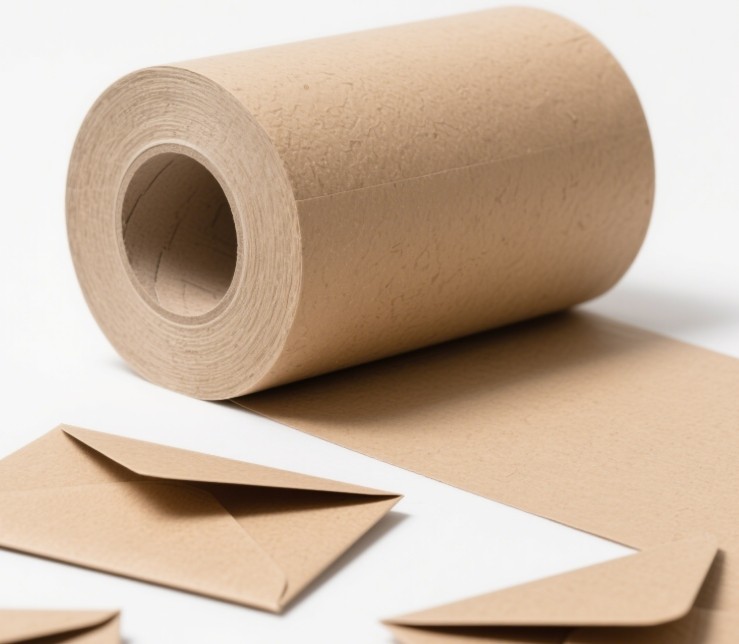
Understanding these distinctions is important because the type of "cardboard" dictates the box's strength, appearance, cost, and suitability for different applications.
Diving Deeper into Cardboard Types:
-
Corrugated Fiberboard:
- Structure: As discussed previously, it's made of linerboard(s) and fluted medium(s). It's lightweight but strong due to its engineered structure.
- Key Properties: Excellent cushioning, good stacking strength, relatively inexpensive, versatile.
- Common Uses: Shipping boxes (the most common use), pizza boxes, some retail displays, inner packaging components. Its strength-to-weight ratio makes it ideal for protecting goods in transit.
-
Paperboard (also known as Cardboard or Chipboard):
- Structure: A thicker paper-based material made by pressing layers of paper pulp or recycled paper fiber together. It's denser and flatter than corrugated board. Comes in various grades (e.g., SBS - Solid Bleached Sulfate, CCNB - Clay Coated News Back).
- Key Properties: Smooth surface good for printing, easily creased and folded, less cushioning than corrugated, good rigidity.
- Common Uses: Folding cartons (cereal boxes, cosmetic boxes, pharmaceutical boxes), partitions inside boxes, backing for notepads, and crucially, the core structural material for rigid boxes.
-
Kraft Paper:
- Structure: Paper or paperboard produced from chemical pulp via the kraft process. Known for its high strength and durability. Often brown (unbleached), but can be bleached white.
- Key Properties: High tensile strength, tear resistance.
- Common Uses: Linerboard for corrugated boxes, paper sacks (e.g., for cement or flour), paper grocery bags, wrapping paper.
It's the Paperboard/Chipboard that forms the sturdy shell of a high-quality rigid box, like those used for smartphones, board games, or luxury gifts. This dense board provides the structure, which is then typically wrapped with decorative paper. At Kylin Machinery, our equipment, like the Robotic Spotter and Hybrid systems, is specifically designed to work accurately and efficiently with this type of paperboard to construct premium rigid boxes. We help our clients turn this essential "cardboard" into high-value packaging solutions.
Conclusion
Choosing helpful packaging means matching the box type to your product, budget, and purpose. From sturdy corrugated shippers to presentation-focused rigid boxes, the right choice protects products and enhances your brand.
About me:
My Name: Jacob
Brand Name: Kylin Machine
Website: www.kylinmachines.com
Country: China
Products: We specialize in high-tech post-press machines like Robotic Spotters and Hybrid systems, focusing on solutions for rigid box and hardcover book production. We help businesses in the graphic arts, paper converting, and bookbindery industries create premium packaging efficiently.


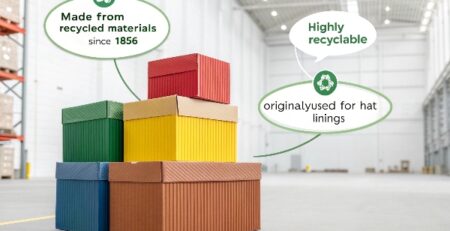
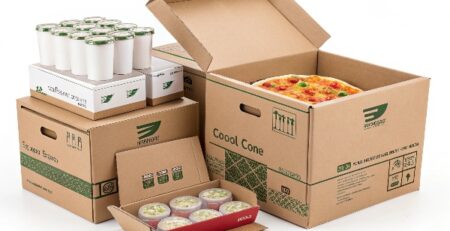
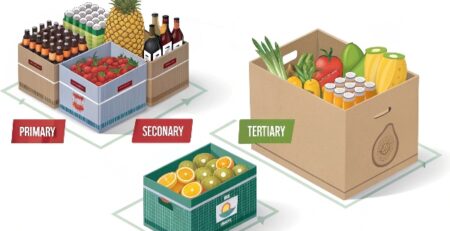
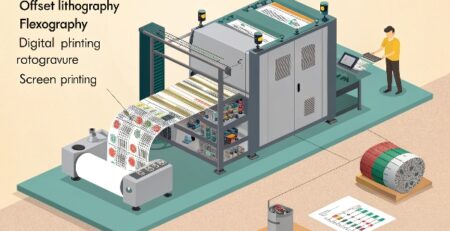

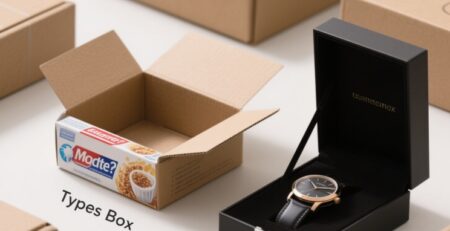
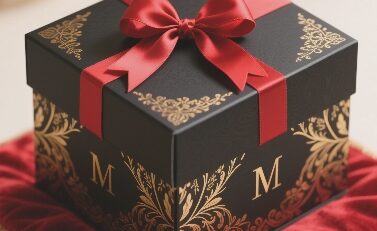
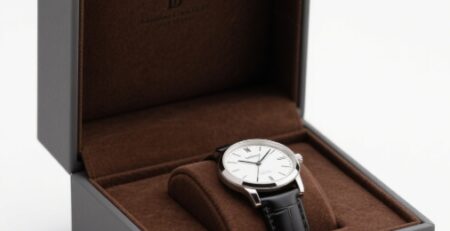
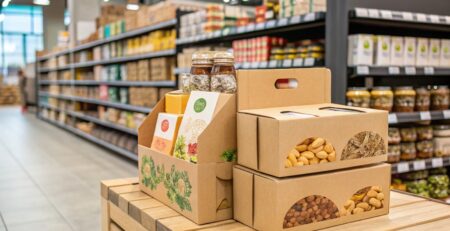
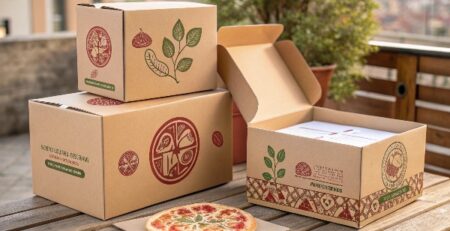
发表回复